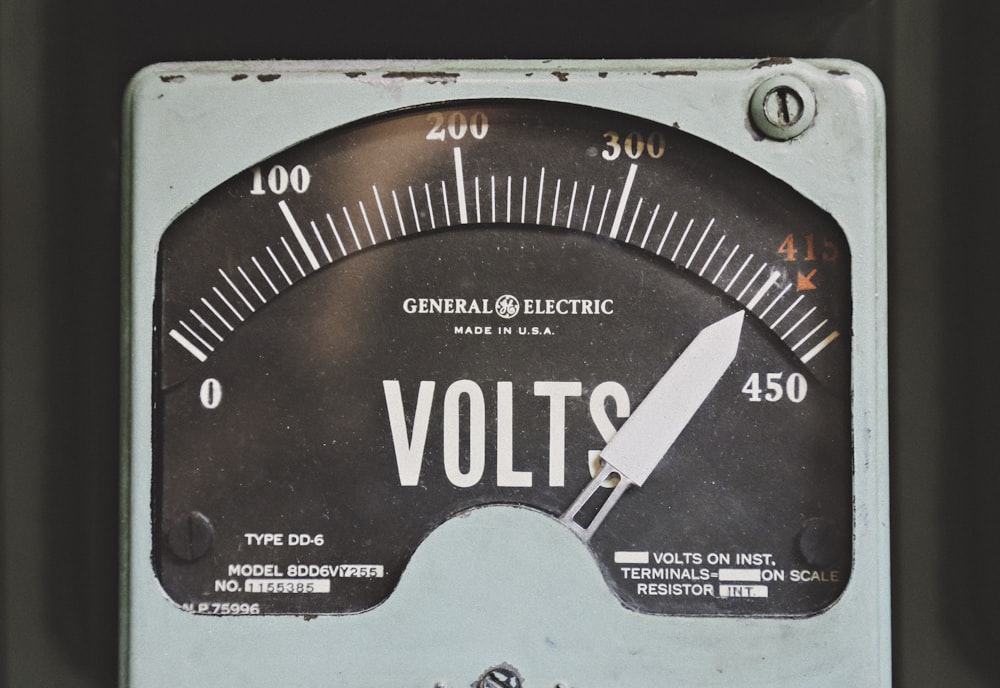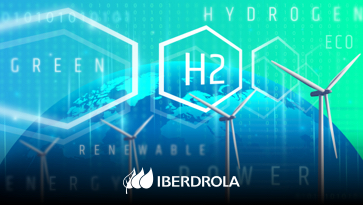
Green Hydrogen: Revolutionizing Storage & Transportation
In the realm of sustainable energy, green hydrogen has emerged as a game-changer, offering a clean and versatile alternative to traditional fossil fuels. With its potential to revolutionize storage and transportation, green hydrogen is paving the way for a greener, more sustainable future.
The Promise of Green Hydrogen
Green hydrogen, produced using renewable energy sources such as wind and solar power, holds immense promise as a clean and sustainable fuel. Unlike conventional hydrogen production methods, which rely on fossil fuels and produce carbon emissions, green hydrogen is produced through electrolysis, where water is split into hydrogen and oxygen using renewable electricity. This process produces no greenhouse gas emissions, making green hydrogen a key player in the transition to a low-carbon economy.
Storage Solutions for the Future
One of the key challenges facing renewable energy sources such as wind and solar power is their intermittency. Green hydrogen offers a solution to this challenge by serving as a versatile energy storage medium. Excess renewable energy can be used to produce green hydrogen through electrolysis during periods of low demand, and the hydrogen can be stored for later use. This enables a more reliable and stable energy supply, ensuring that renewable energy sources can meet the demands of a modern grid.
Transforming Transportation
Transportation is one of the largest sources of greenhouse gas emissions worldwide, with the majority of vehicles relying on fossil fuels for power. Green hydrogen has the potential to transform the transportation sector by serving as a clean alternative to gasoline and diesel. Fuel cell electric vehicles (FCEVs) powered by green hydrogen offer zero-emission transportation, with the only byproduct being water vapor. Additionally, green hydrogen can be used to power trains, buses, and even ships, offering a versatile and sustainable solution for decarbonizing transportation.
Advancing Infrastructure
The widespread adoption of green hydrogen for storage and transportation requires a robust infrastructure to support production, distribution, and refueling. Investments in infrastructure such as electrolyzers, hydrogen storage tanks, and refueling stations are essential to realizing the full potential of green hydrogen. Governments, industry leaders, and stakeholders must work together to develop the necessary infrastructure to support the transition to a hydrogen economy.
Overcoming Challenges
While the potential of green hydrogen is vast, there are still challenges to overcome to realize its full potential. The cost of electrolysis equipment and the production of green hydrogen remains high compared to traditional fossil fuels. Additionally, scaling up production to meet demand requires significant investment and technological advancements. Addressing these challenges will require collaboration and innovation from stakeholders across the public and private sectors.
Seizing the Opportunity
Despite the challenges, the momentum behind green hydrogen continues to grow, driven by increasing awareness of the need to address climate change and reduce greenhouse gas emissions. Governments around the world are ramping up investments in green hydrogen research, development, and deployment, recognizing its potential to transform the energy landscape. Industry leaders are also embracing green hydrogen as a key component of their sustainability strategies, driving innovation and investment in the sector.
In the midst of this transformative shift towards a greener, more sustainable future, green hydrogen storage and transportation stand as pillars of innovation and progress. With its potential to revolutionize energy storage and decarbonize transportation, green hydrogen offers a glimpse into a future powered by clean, renewable energy. Join the movement today and be a part of the hydrogen revolution.





















